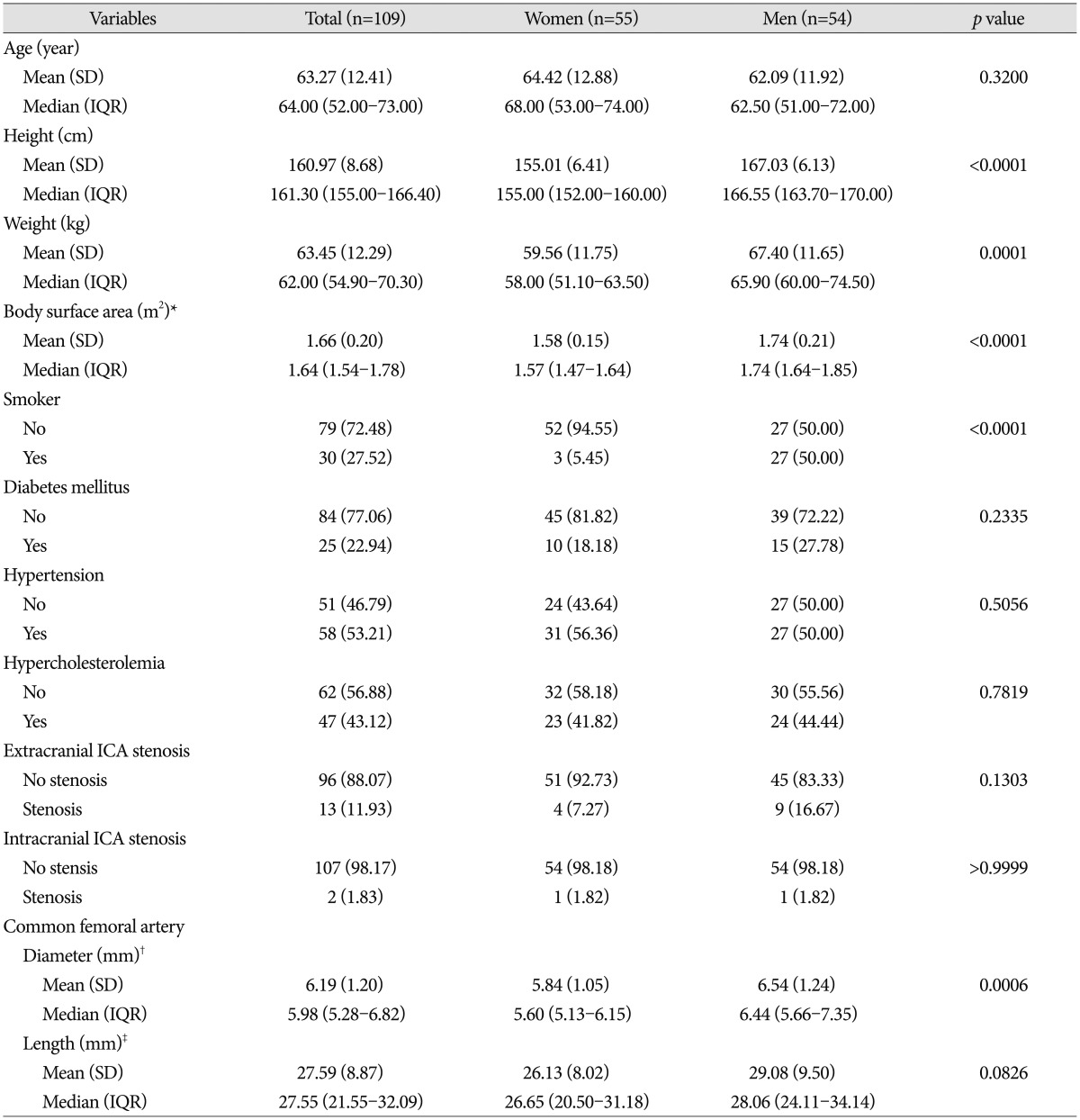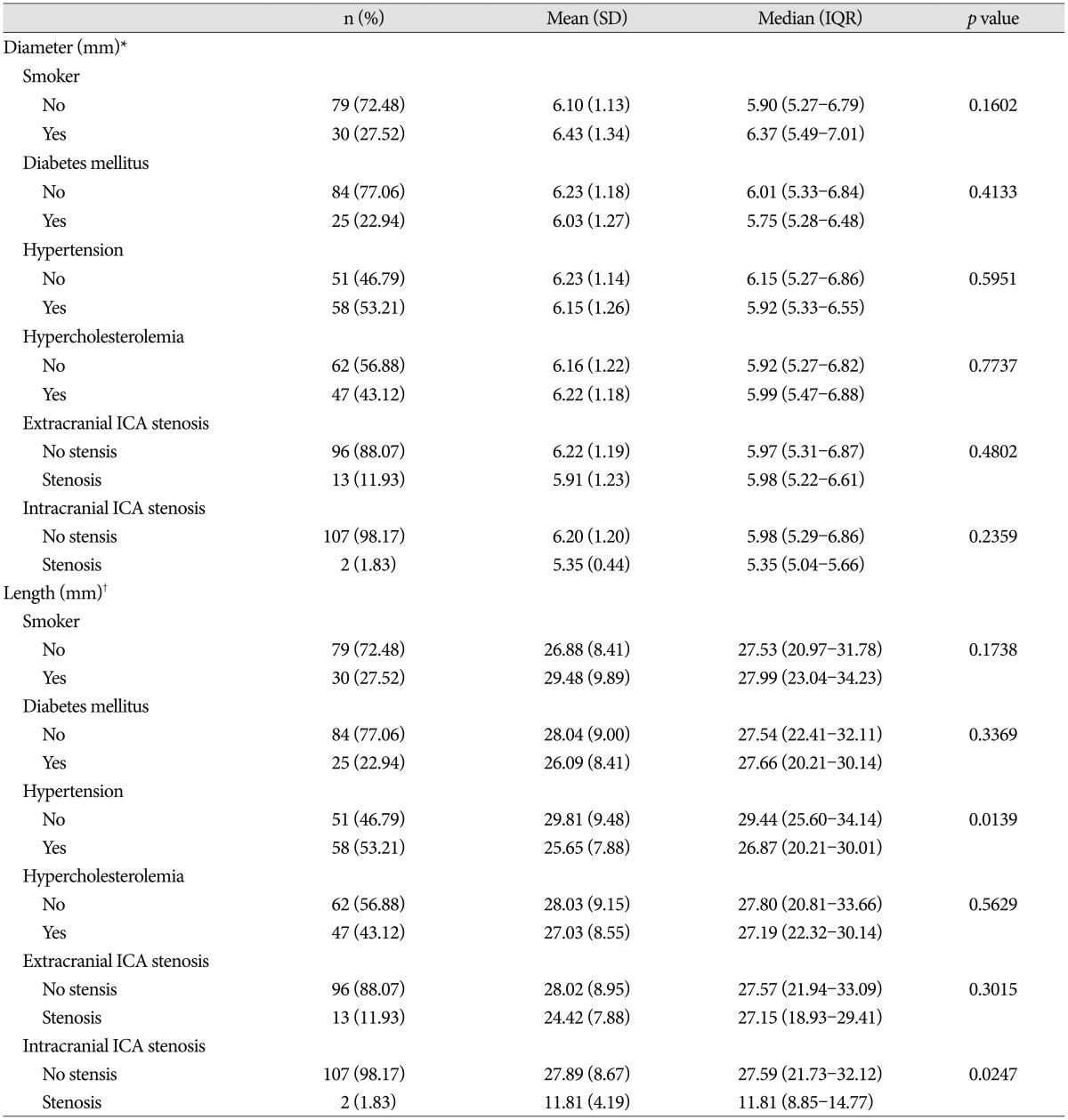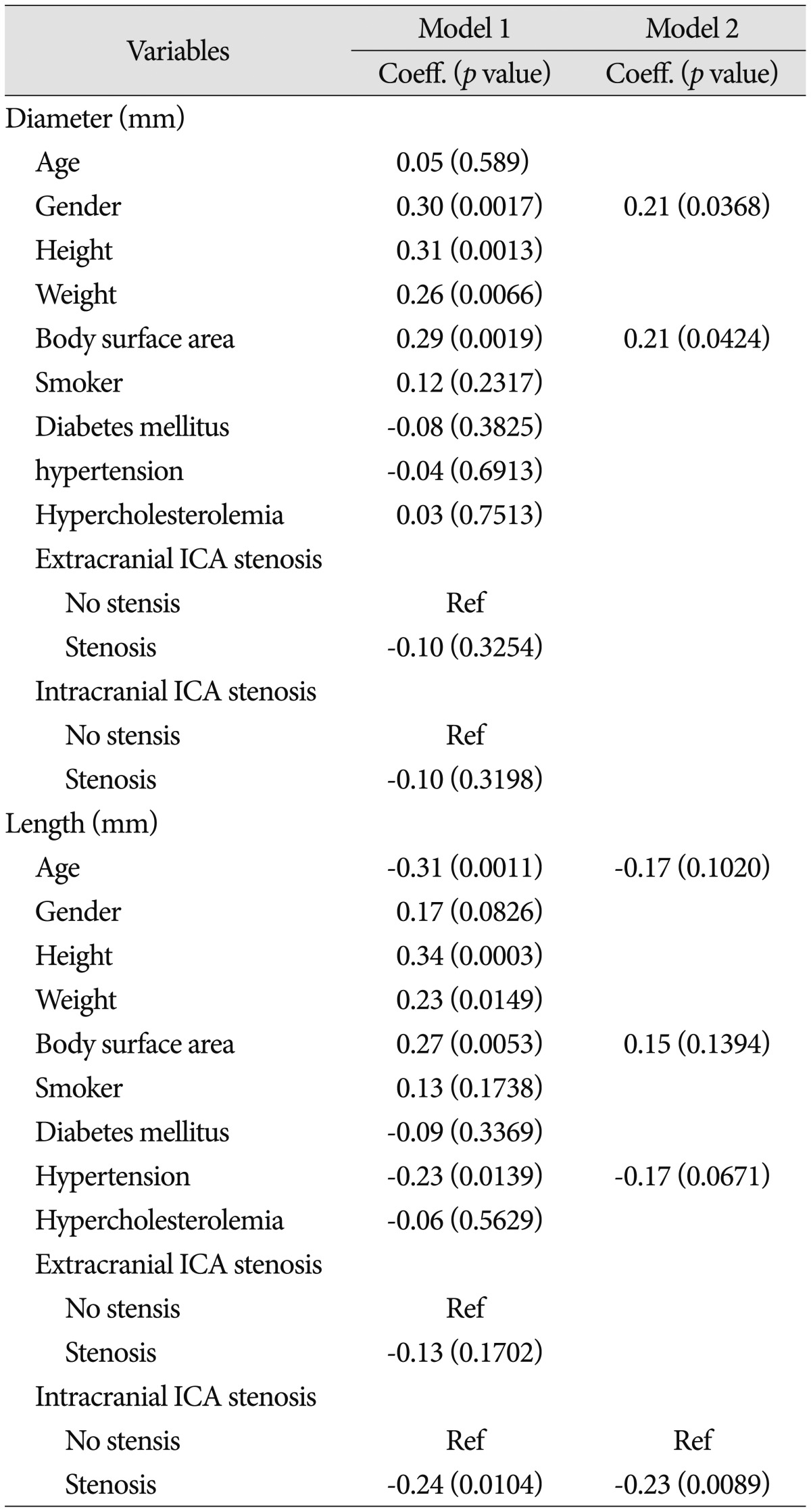1. Abu-Fadel MS, Sparling JM, Zacharias SJ, Aston CE, Saucedo JF, Schechter E, et al. Fluoroscopy vs. traditional guided femoral arterial access and the use of closure devices : a randomized controlled trial. Catheter Cardiovasc Interv. 2009; 74:533–539. PMID:
19626694.

2. Chandrasekar B, Doucet S, Bilodeau L, Crepeau J, deGuise P, Gregoire J, et al. Complications of cardiac catheterization in the current era : a single-center experience. Catheter Cardiovasc Interv. 2001; 52:289–295. PMID:
11246238.

3. Chiam PT, Koh AS, Ewe SH, Sin YK, Chao VT, Ng CK, et al. Iliofemoral anatomy among Asians : implications for transcatheter aortic valve implantation. Int J Cardiol. 2013; 167:1373–1379. PMID:
22521376.

4. Dudeck O, Teichgraeber U, Podrabsky P, Lopez Haenninen E, Soerensen R, Ricke J. A randomized trial assessing the value of ultrasound-guided puncture of the femoral artery for interventional investigations. Int J Cardiovasc Imaging. 2004; 20:363–368. PMID:
15765858.

5. Ellis SG, Bhatt D, Kapadia S, Lee D, Yen M, Whitlow PL. Correlates and outcomes of retroperitoneal hemorrhage complicating percutaneous coronary intervention. Catheter Cardiovasc Interv. 2006; 67:541–545. PMID:
16547938.

6. Farouque HM, Tremmel JA, Raissi Shabari F, Aggarwal M, Fearon WF, Ng MK, et al. Risk factors for the development of retroperitoneal hematoma after percutaneous coronary intervention in the era of glycoprotein IIb/IIIa inhibitors and vascular closure devices. J Am Coll Cardiol. 2005; 45:363–368. PMID:
15680713.

7. Fitts J, Ver Lee P, Hofmaster P, Malenka D. Northern New England Cardiovascular Study Group. Fluoroscopy-guided femoral artery puncture reduces the risk of PCI-related vascular complications. J Interv Cardiol. 2008; 21:273–278. PMID:
18341522.

8. Grier D, Hartnell G. Percutaneous femoral artery puncture : practice and anatomy. Br J Radiol. 1990; 63:602–604. PMID:
2400874.
9. Irani F, Kumar S, Colyer WR Jr. Common femoral artery access techniques : a review. J Cardiovasc Med (Hagerstown). 2009; 10:517–522. PMID:
19412124.
10. Johnson LW, Esente P, Giambartolomei A, Grant WD, Loin M, Reger MJ, et al. Peripheral vascular complications of coronary angioplasty by the femoral and brachial techniques. Cathet Cardiovasc Diagn. 1994; 31:165–172. PMID:
8025931.

11. Johnson LW, Krone R. Cardiac catheterization 1991 : a report of the Registry of the Society for Cardiac Angiography and Interventions (SCA&I). Cathet Cardiovasc Diagn. 1993; 28:219–220. PMID:
8439997.

12. Kim D, Orron DE, Skillman JJ, Kent KC, Porter DH, Schlam BW, et al. Role of superficial femoral artery puncture in the development of pseudoaneurysm and arteriovenous fistula complicating percutaneous transfemoral cardiac catheterization. Cathet Cardiovasc Diagn. 1992; 25:91–97. PMID:
1544161.

13. Nasser TK, Mohler ER 3rd, Wilensky RL, Hathaway DR. Peripheral vascular complications following coronary interventional procedures. Clin Cardiol. 1995; 18:609–614. PMID:
8590528.

14. Pitta SR, Prasad A, Kumar G, Lennon R, Rihal CS, Holmes DR. Location of femoral artery access and correlation with vascular complications. Catheter Cardiovasc Interv. 2011; 78:294–299. PMID:
21413114.

15. Sandgren T, Sonesson B, Ahlgren R, Länne T. The diameter of the common femoral artery in healthy human : influence of sex, age, and body size. J Vasc Surg. 1999; 29:503–510. PMID:
10069915.

16. Schnyder G, Sawhney N, Whisenant B, Tsimikas S, Turi ZG. Common femoral artery anatomy is influenced by demographics and comorbidity : implications for cardiac and peripheral invasive studies. Catheter Cardiovasc Interv. 2001; 53:289–295. PMID:
11458402.

17. Seldinger SI. Catheter replacement of the needle in percutaneous arteriography; a new technique. Acta radiol. 1953; 39:368–376. PMID:
13057644.

18. Sherev DA, Shaw RE, Brent BN. Angiographic predictors of femoral access site complications : implication for planned percutaneous coronary intervention. Catheter Cardiovasc Interv. 2005; 65:196–202. PMID:
15895402.

19. Yaganti V, Mejevoi N, Hasan O, Cohen M, Wasty N. Pitfalls associated with the use of current recommendations for fluoroscopy-guided common femoral artery access. Catheter Cardiovasc Interv. 2013; 81:674–679. PMID:
23292908.










 PDF
PDF ePub
ePub Citation
Citation Print
Print




 XML Download
XML Download